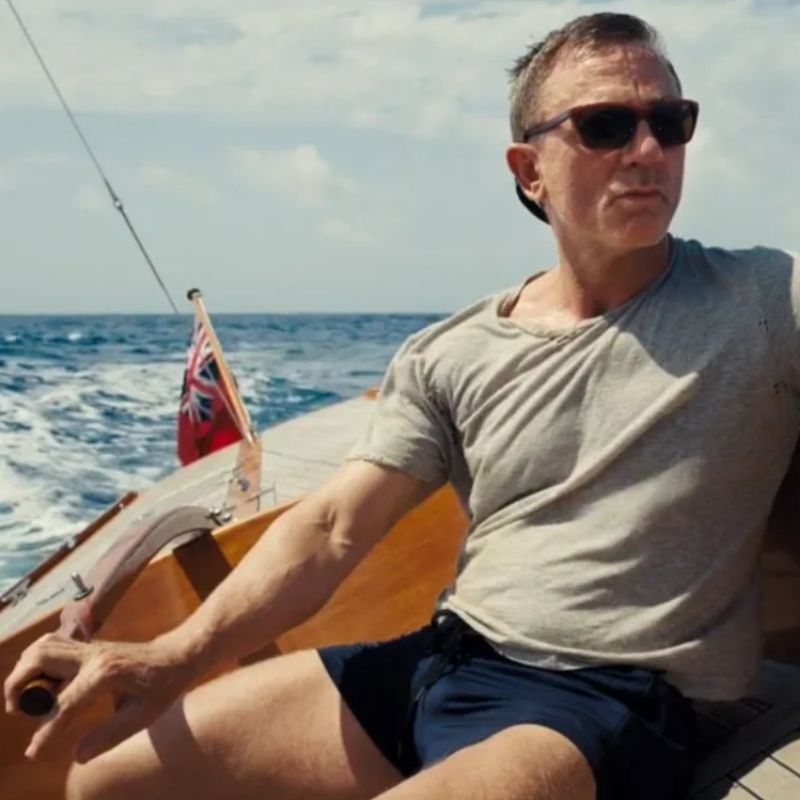
I’m finishing up my lunch on the Avalon Imagery II’s open-air bow when the ship glides around a bend in the Moselle River. Suddenly, the view before me, a small wine town in Germany, is so breathtaking I nearly drop my fork: tidy, geometric rows of grape vines — most of them riesling — cover the steep land rising up from the water. A little while later, we pass by the ruins of a 14th-century castle.
I feel like I’m floating through a fairy tale, I think to myself as I whip out my phone to take what must be my millionth photo of the day.
This cruise in Europe sails the scenic Moselle River

Before setting sail on the Moselle River with Avalon Waterways in July, I didn’t know quite what to expect. Though I’d been on other river cruises in Europe, the Moselle really wasn’t on my radar.
Now, I’ll never take it off my radar. From its source in the Vosges Mountains, the Moselle flows 339 miles (545.56 km) through northeastern France and western Germany before meeting up with the Rhine River in Koblenz, Germany. Along the way, it also forms a natural border between Luxembourg and Germany.
Beautiful vineyards, historic fortresses, and quaint villages line its banks. The weather is mild, the valley’s residents are friendly, and the small towns along the waterfront are ridiculously charming. The Moselle itself snakes lazily back and forth, giving cruisers optimal time to appreciate the dramatic scenery.
And while so many European destinations have gotten a little too busy for comfort, the Moselle has remained quiet, and serene. If your goal is a quintessentially European river cruise without the quintessential European crowds, the Moselle is the river for you.
What sets the Moselle River apart

If you’ve taken a river cruise in Europe before, you’ve probably heard of well-known waterways like the Rhine, the Danube, and the Rhône. But Pam Hoffee, the president of Avalon Waterways, describes the Moselle as an “off-the-beaten-path gem.”
“We consider it the Rhine’s cool little sister — a place where some of the most beautiful views in river cruising await guests without the crowds that can be found in other parts of Europe,” she says.
Avalon’s new “Active & Discovery on the Moselle” itinerary, which launched in May 2022, traverses one of the most scenic sections of the river. The cruise begins in Luxembourg, in the small town of Remich, then whisks passengers through west-central Germany. It briefly sails on the Rhine, then on the Main River, before finishing in Frankfurt.
The “Active & Discovery” part comes into play with the choice of included excursions, which range from adventurous hikes and bike rides to easy-going brewery tours and wine tastings. So, perhaps it’s less like a fairy tale, and more like a choose-your-own-adventure book.
And Avalon isn’t the only line introducing travellers to this tranquil body of water. Viking has also rolled out two new Christmas cruises on the Moselle, and AmaWaterways, Tauck, Uniworld River Cruises, Scenic, and Emerald Cruises, among other lines, are offering upcoming Moselle sailings.
Wine, history, and views on the Moselle River

One reason the Moselle is so idyllic? It’s narrower than other European rivers, with steep valley walls, which means river cruisers get an up-close and personal view of the passing, postcard-perfect scenery. This narrowness also translates to less overall traffic on the river and in ports, Hoffee says. Avalon, for example, uses its smaller “Suite Ships” — which can accommodate just 128 guests — for its Moselle sailings.
The Moselle also passes through the famed Riesling region of Germany and Luxembourg, where people have been growing grapes and making wine since Roman times. This not only means gorgeous vineyard views from the ship, but also opportunities to visit family-owned wineries and sample their delicious wares. In Remich, Luxembourg, I joined a walking tour that ended with an informative wine tasting in the shady garden of Domaine L&R Kox, which grows 30 acres of grapes and produces 50 small-batch wines. Later, while docked in Bernkastlel-Kues, I visited the winery of Dr Pauly-Bergweiler, whose family has been making wine along the Moselle since the 16th century.
One of my favourite excursions of the entire sailing was a guided evening stroll through Trier, Germany, also known as the “Rome of the North.” Though the Romans established Trier — which they called Augusta Treverorum — more than 2,000 years ago, you can still find many well-preserved examples of their sturdy buildings. As the sun was just beginning to set, our group paused to admire Porta Nigra, a Roman city gate (and a UNESCO World Heritage Site) that dates back to 170 CE
In some places, the views were so accessible I didn’t even have to leave my room — or my bed, for that matter. One morning, as we approached Cochem, Germany, I opened the floor-to-ceiling, wall-to-wall windows in my room, which instantly transformed the space into a private, open-air balcony. And since Avalon’s guest beds face the window (instead of the wall), I was able to curl up with an espresso and watch the storybook towns and towering castles pass by outside.
When we finally reached Frankfurt at the end of the eight-day trip, I felt rejuvenated and refreshed — not frazzled and drained, as I sometimes do after a jam-packed summer stint in Europe. With its calm waters, dreamy landscapes, and uncrowded ports, the Moselle River re-energised me — and now I can’t wait to go back.
Shop the best travel experiences here
(Hero and feature image credit: Sarah Kuta/Travel + Leisure)
This story first appeared on travelandleisure.com
Related: In Pictures: The World’s Largest Cruise Ship Sets Sail












